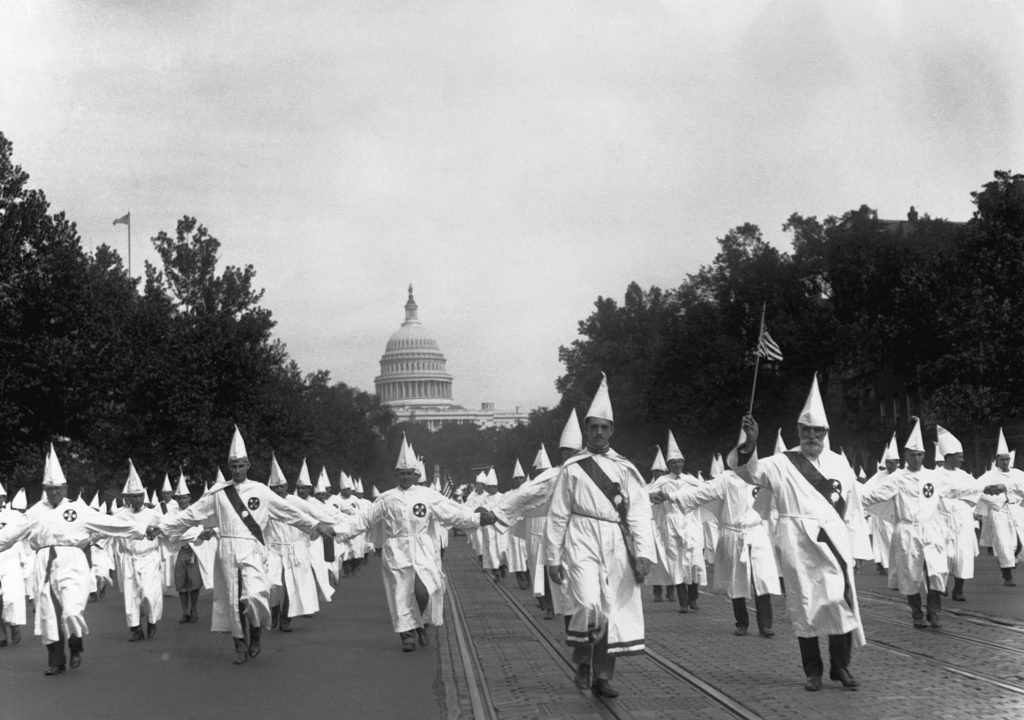Post-WW1 Racial Violence
·
Targeting Black Veterans

With the Jim crow South still very much intact and the movie “Birth of a Nation” (1914) prompting the revival of the K.K.K., the ending of W.W.I marked a difficult time for the African American community, especially for black veterans. Although the African American veterans were initially celebrated upon their return home, this praise did not last long, and the social progress African Americans veterans believed they were fighting for did not come to pass. To make the situation at home even worse, black veterans became targeted for attacks and lynchings because white nationalist did not like the pride black veterans held within themselves. They felt this pride threatened their racist ideals and laws.
For example, in April 1919, less than six months since the ending of the war, veteran Wilbur Little was lynched in his hometown of Blakely Georgia. The reasoning behind Little’s lynching was that Little refused to stop wearing his uniform after a group of white men forced him out of it at a local train station. A few days later, the white men saw Little wearing his uniform once again, and a mob lynched him.
Reverend Kelly, an African American veteran from Georgia, also fell victim to the racial violence going on during this time. The reasoning behind Reverend Kelly’s murder was that he failed to yield the road for a white driver. Feeling disrespected that Kelly did not stop for him fast enough, the driver gathered his family members then shot, drove to Kelly’s home and shot Kelly as he tried to run away.
Elaine Massacre of 1919

The summer following World War 1, also known as the Red Summer of 1919, was a period of racial violence and civil unrest that took place across the United States. During this time, 9 major race riots broke out across the United States leaving many African American communities decimated by white Americans trying to reinforce their racist ideologies and laws. The riot that most illustrates the disdain white Americans had for the African American communities’ militarization was the Elaine, Arkansas Massacre of 1919.
On September 30th, 1919, the Progressive Farmers and Household Union of America (PFHUA), a black union, had a meeting discussing their unfair treatment under their white employers. In this meeting, members were trying to garner money and find a lawyer who would help sue their white bosses for unfair treatment. In attempts to disrupt the meeting, white men approach the Church where the meeting was held and fired two shots into it. With former veterans being member of the P.F.H.U.A., they were able to defend themselves. The union members fired back, shooting and killing one of the white men. The next morning local authorities gathered hundreds of white men to take revenge on the African Americans for killing a white man. During the next three days, Whites killed innocent African Americans in Elaine with the final death toll suspected to be above 75 African Americans killed. No whites were prosecuted for their crimes and 122 African Americans were indicted on 73 counts of murder. This Massacre perfectly illustrates the response white America had toward black veterans. Because blacks were becoming less accepting towards racism, discrimination and to began fight back, Whites became more violent in attempts to stop Black from progressing socially and racially in America.